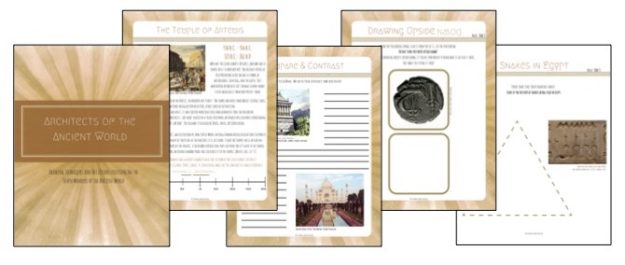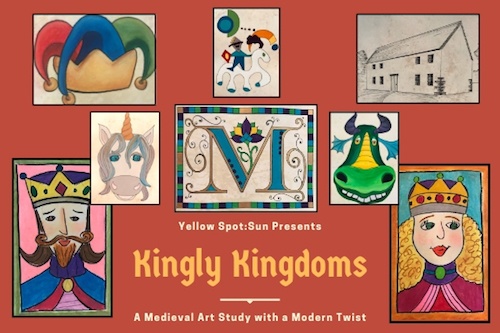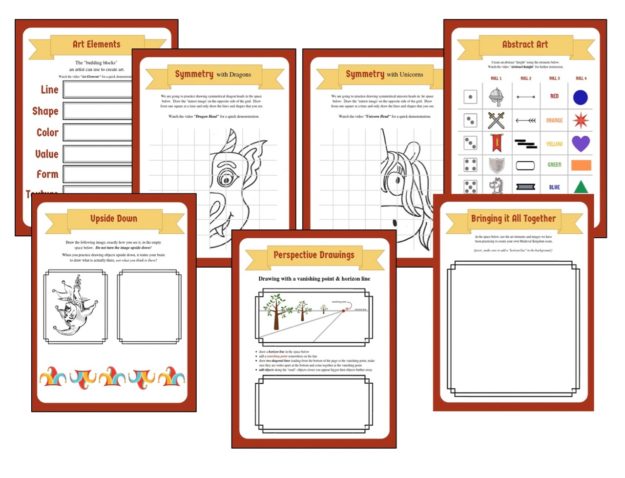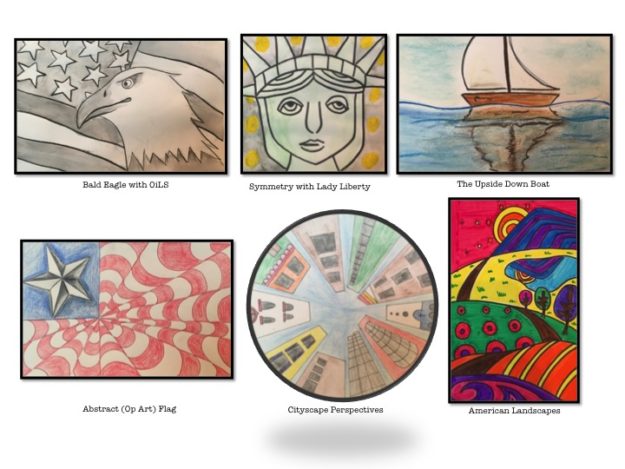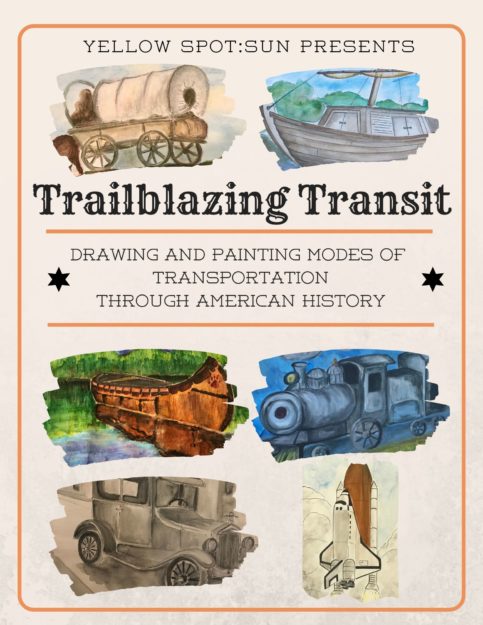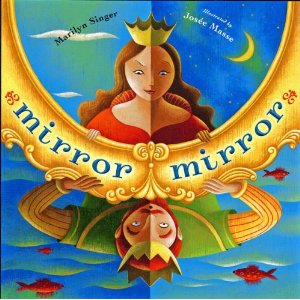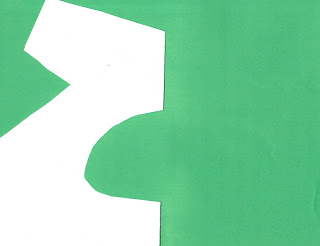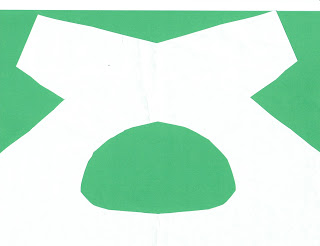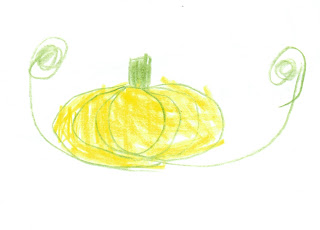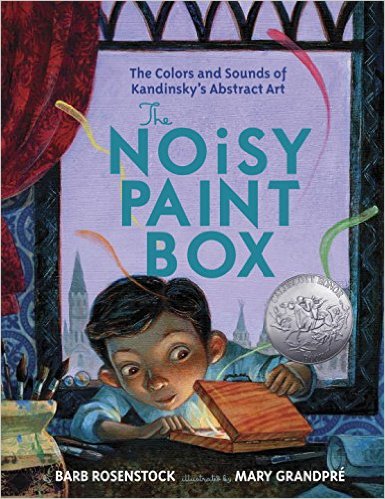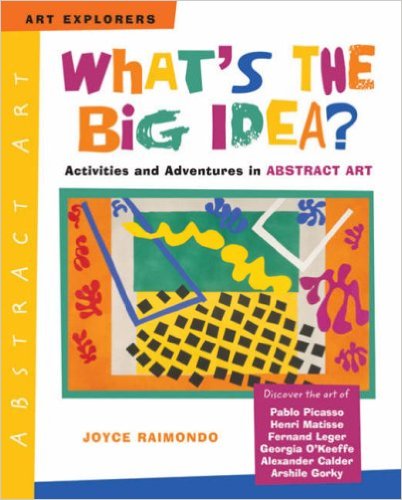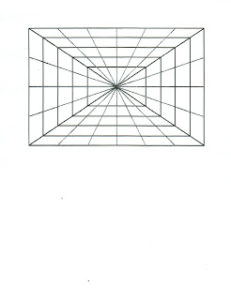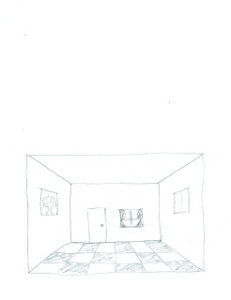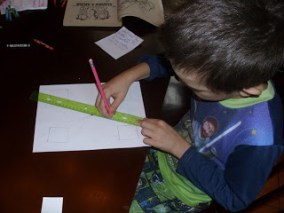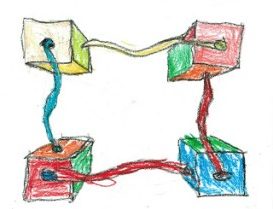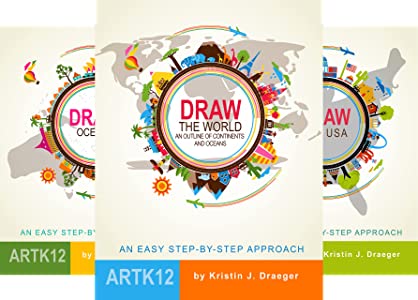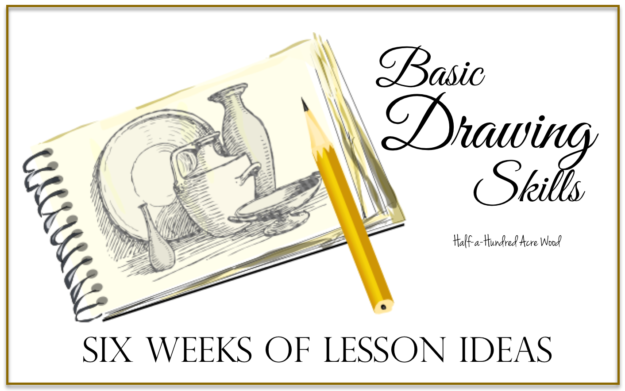
Thanks to homeschooling, I am slowly-but-surely learning how to draw (among many other things that I’ve learned alongside my children). This is a big feat for someone who has only drawn free-body diagrams (physics) and stick figures (not physics).
Here I’ll give you what has worked best for me, a beginner, in drawing. We’ll start with the simplest solution: outsourcing with a professional artist. We’ll provide an overview of online art video tutorials and then move on to some general lesson plans that can be used over a six-week period. (Scroll down to jump to the lesson plans.) Towards the bottom of the post, we’ve included an overview of the best resources we’ve found in general to help with learning/teaching drawing skills.
Drawing Skills Made Easy with Online Video Tutorials
Before we provide our lesson plans, we have to share this because it’s just so great! If you prefer an actual art teacher walking you through how to teach different drawing techniques and mediums, including…
- Art elements (line, shape, color, value, texture, form & space)
- Symmetry (Mirror Image)
- Upside Down Drawing,
- Abstract Art,
- One & Two Point Perspective, and
- Art projects to practice the above techniques
…be sure to check out Yellow: Spot Sun’s fantastic drawing & art tutorials: Architects of the Ancient World, Kingly Kingdoms, Drawing Americana, or Trailblazing Transit. (Classroom license options are also available.)
Ancient-Themed Drawing Lessons: Architects of the Ancient World
Architects of the Ancient World is a wonderful art tutorial that takes you through art projects and techniques with a focus on elements of shape, symmetry, upside-down drawing, abstract art, and perspective while also studying the seven wonders of the ancient world. These courses are a great tool for reinforcing some of your history studies and providing ways to add to a history portfolio or notebook. Each art course offered at Yellow Spot: Sun includes printable notebooking and art appreciation pages.
Medieval-Themed Drawing Lessons: Kingly Kingdoms
In the style of artists of the Medieval Period, Kingly Kingdoms includes 24 step-by-step drawing and painting video tutorials for K-12 students.
While learning art/drawing skills, students will also learn how people lived during the Middle Ages. This program includes a 5-page downloadable art notebook with picture study and sketching prompts.
America-Themed Drawing/Art Lessons: Drawing Americana & Trailblazing Transit
There are two options related to American history: Drawing Americana and Trailblazing Transit. Drawing Americana is a wonderful art tutorial that takes you through art projects and techniques with a focus on elements of shape, symmetry, upside-down drawing, abstract art, and perspective while also studying American artists.
Trailblazing Transit takes you on an artistic trip through American history using a transportation theme.
You can learn more about this course and check out actual photos of our children’s work in our review of the Trailblazing Transit Course.
Lesson Plans for Drawing
These ideas may be used by a family or homeschool co-op or community setting, or they may be used by parents to encourage extra drawing at home. For an overall resource for drawing instruction, check out Drawing with Children by Mona Brookes and Drawing on the Right Side of the Brain by Betty Edwards.
We created sketch books (each made with 7-8 pieces of 8.5″ x 14″ paper, folded into a booklet and stapled at the spine) where the students drew many of their drawings. Each instructional time in drawing started with a story. The children in our home and in our homeschool group LOVED these books!
Note: When sharing the following information with others, please do not copy and paste this material into other documents, websites, or emails. Instead, we request that you send people to this webpage. Thank you for honoring this request!
Lesson 1 – Drawing Introduction: Five Elements of Shape

Introduction to Drawing:
Ish by Peter H.Reynolds
This book encourages us to let go of perfectionism and helps us to realize that, as budding artists, we may make sketches that do not look exactly like we intend. It gives us the freedom to draw without getting frustrated every time it does not turn out as expected. “It may not look like a house, but it’s house-ish.” (I cannot describe how lighthearted the atmosphere has become as a result of this book, even with the perfectionists in our group.) Another good option for young children is Beautiful Oops!
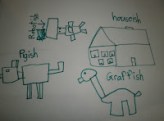 Ish Drawings
Ish Drawings
Drawing Practice Idea #1 & #2: Introduce the Five Basic Elements of Shape with this sheet. Draw a 5 elements of shape chart and/or color-code the 5 elements of shape in your name:
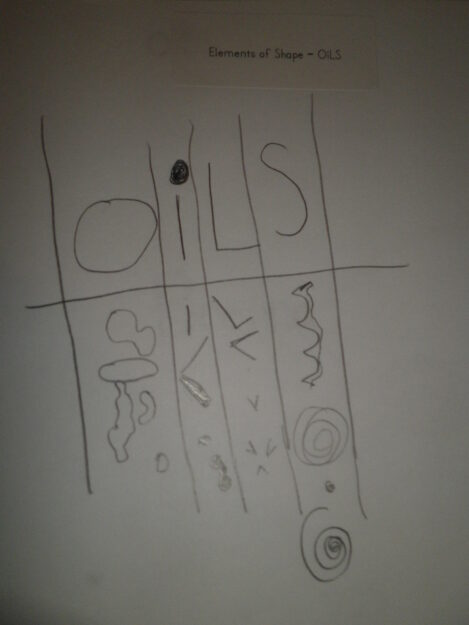
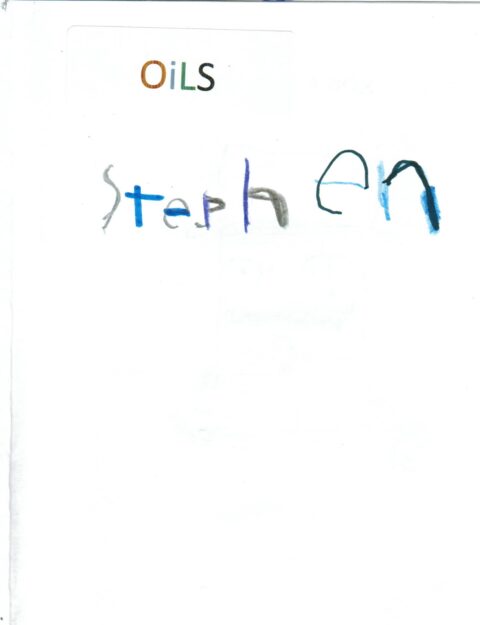
Drawing Practice Idea #3: Follow these instructions for making a blob map. As you study a world map, point out what each continent looks like and how you might make these “blobs” more accurate. (Point out lines, circles, curves, and corners as you draw a world map as a class or allow students to attempt to draw what they see.) If you’d like more accurate representations of continents, visit our Continental Blob Map post.
Drawing Practice Idea #4: Practice drawing 5-elements-of-shape designs using Donna Young’s practice worksheets (which now requires a subscription). Another great book for introduction to drawing is: Not a Box by Antoinette Portis. This short, simple book is full of ideas for creating drawings, starting with just a box (which we keep discovering is not a box.)
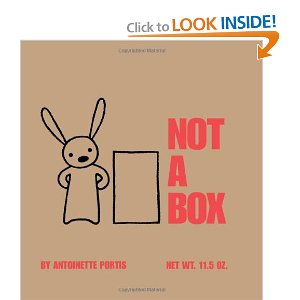
Instructor-led activity: Instructions for drawing Not-a-Box Man are in the free ebook What to Draw and How to Draw It by E.G. Lutz.
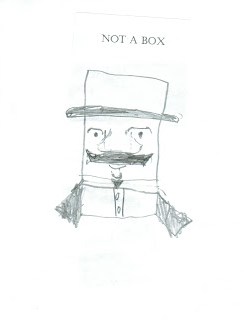
Children are then free to draw as many Not-a-Boxes as they’d like.
Drawing Idea #5+: You can also check out the Free Drawing Lessons for video tutorials on how to teach drawing to students!
Lesson 2 – Drawing Skills: Mirror Images
Mirror Mirror: A Book of Reversible Verse by Marilyn Singer provides the opportunity for children to see how images are reflected (as well as how verse can be mirrored and punctuated differently for a totally different meaning). When you read this book, be sure to point out the mirror images in the pictures. How are the reflections similar? How are the reflections different?
Simple Mirror-Image Activity: Fold a sheet of paper in half. Cut out shapes as you would with a simple paper snowflake. Try to guess what the mirror image will look like and then open it!
Class Activity for Mirror Image Drawing: Allow children to come to the whiteboard to finish a mirror image. Tutor/Parent can just keep adding another element each time.
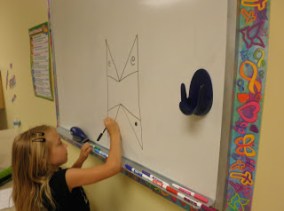 Mirror images on the whiteboard.
Mirror images on the whiteboard.
Sketch Book Activity (Mirror Image): Show children how to draw a barn (Free Sample from Draw Write Now book) or bridge (click here), which are both mirror images. Several other drawings from Draw Write Now books are mirror images: an Owl, Pumpkin, Grapes, and Trees are all from Draw Write Now Book 2. And, again, several mirror images are available in the free ebook What to Draw and How to Draw It by E.G. Lutz.
Another option is to complete the Symmetrical Bugs Tutorial over at Yellow Spot Sun!
And then you can also complete some mirror image practice using Donna Young Mirror Image Practice Sheets (now requires a subscription)
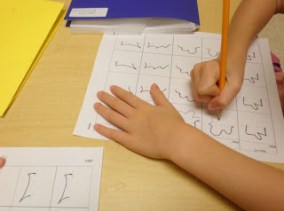
Lesson 3 – Drawing Skills: Drawing Upside Down Images
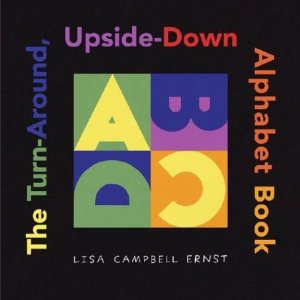 The Turn-Around, Upside-Down Alphabet Book by Lisa Campbell Ernst encourages children to use their imagination in looking at each letter of the alphabet sideways and upside down.
The Turn-Around, Upside-Down Alphabet Book by Lisa Campbell Ernst encourages children to use their imagination in looking at each letter of the alphabet sideways and upside down.
Why upside down drawing? Familiar things do not look the same upside down. The purpose of upside-down drawing is to force your left (thinking) side of the brain to give up identifying what you draw. Visit AllAboutDrawings to read about the benefits of drawing upside down. Also view this slideshow about upside-down drawing.
Instructor-led Sketch Book activity: Draw an image upside down. You can do this with any image. The basic idea in the upside-down drawing exercise is to take any line drawing, turn it upside down and try to copy it. The goal is to reproduce the drawing by focusing on the line segments and elements of shape instead of what we perceive the image to be. How long is a line? At what angle should this be drawn? How is it connected to the element next to it? And so on…
Example: You can use something like a castle coloring page to place upside down in front of them. The point here is NOT to draw the image rightside up but to replicate exactly what the upside down image looks like in front of them. You can print any line drawing (or use a coloring book that has simple images), turn it upside down, and model for the students how to draw the image as you see it. You can even cover up portions of the drawing to assist in focusing on the detail of each section. This would work best on a clipboard or a small dry-erase board that you could flip to show the finished work.
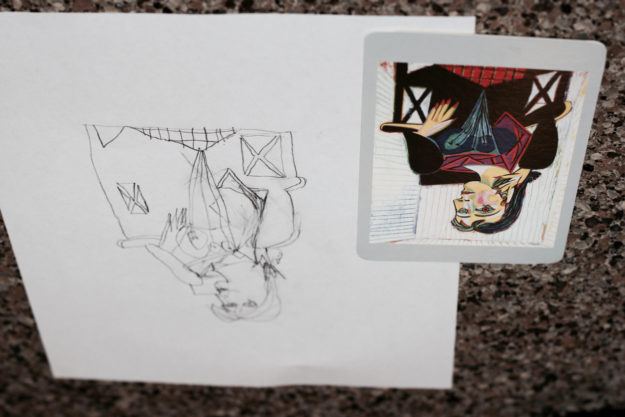
Alternatively, you can use Picasso’s Upside Down Drawing for older children, although it may take up to 40 minutes to finish this particular drawing. Here’s a video example of how to do this! Really, all you need is a coloring book or a simple line drawing for this activity: Animals | Castles.
Other ideas: Allow children to draw their name or simple designs (smiley face, heart, etc.) on a scratch sheet of paper. Turn the page upside down and replicate it by drawing it upside down, having children concentrate on the way it actually looks instead of how they think it should look.
Lesson 4 – Experimenting with Abstract Art
Two great books for introducing abstract art include The Noisy Paint Box, a Caldecott book about Kandinksy’s Abstract Art, and What’s the Big Idea? Activities and Adventures in Abstract Art, which has an assortment of abstract art examples from various abstract artists.
Abstract Idea #1: One activity that always produces unique results is providing a simple set of instructions for students to follow.
Using broad- and fine-tipped markers, have students follow random instructions:
- Using a fine-tipped, draw a border.
- Using a broad-tipped marker, draw three dots.
- Using a fine-tipped marker, draw three lines that touch the borders.
- Using a broad-tipped marker, draw three curvy lines that connect a dot to a border.
- Using a fine-tipped marker, draw three circles of different sizes.
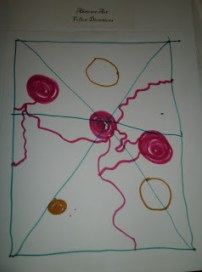 Sketch Book: Follow Directions
Sketch Book: Follow Directions
Abstract Idea #2: Another favorite activity is the “Abstract Name.” Write the first letter of your name. Turn the page 90 degrees and write the second letter of your name. Turn the page 90 degrees and write the third letter of your name… and so on. Then color in with markers, switching colors every time you come to a line.
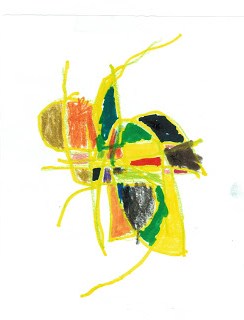 Abstract Name: Stephen
Abstract Name: Stephen
Abstract Idea #3: You can also try Repetition and Reversal using this simple grid.
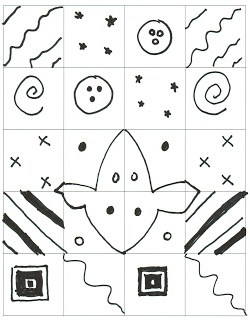 Repetition and Reversal
Repetition and Reversal
Abstract Idea #4, 5, and 6: Use our Crayfish Tutorial to draw a crayfish but offset parts of the crayfish similar to Picasso’s Rooster. Or, better yet, use the Picasso Rooster tutorial or try a Whimsical Creation with Joan Miro over at Yellow Spot Sun! Also visit Art Projects for Kids for more Abstract Art Ideas!
Lesson 5 – Perspective Drawing
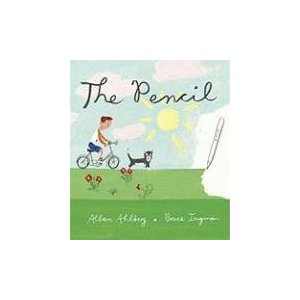 Short discussion on 2D vs. 3D.
Short discussion on 2D vs. 3D.
Read Pencil by Allan Ahlberg or Harold and the Purple Crayon, pointing out the use of perspective throughout (relative size and position – if you’re trying to draw something farther away, you make it smaller).
Sketch Book Activity – Drawing a landscaped road (<— this tutorial is fantastic for introducing 1-point perspective!): introducing 1-point perspective, horizon line and vanishing point; relative size and position. For younger students, you can print out a page that already has dashed lines they can trace for the horizon line, vanishing point, and lines for the road. Then print out different-sized trees (or other simple drawings) and allow them to cut and paste them onto the page according to their relative size and position.
Sketch Book Activity: Download this Perspective Packet.
Sketch Book Activity: Download this Perspective Activity Page. Fold in half so that the student can see the one-point perspective guidelines underneath. Trace the outermost rectangle and another rectangle closer towards the middle. Use the guidelines to add photos or windows on the side walls and a tile floor. Then they can unfold the page and draw a door and window on the far side of the room. This sheet may be used for any drawing you wish to show in one-point perspective (train tracks, long country road, etc.)
Also visit this step-by-step tutorial of drawing a one-point perspective country road.
Lesson 6: Final Project Ideas
 The final picture book: Harold and the Purple Crayon by Crockett Johnson Point out use of perspective, five elements of shape, etc.
The final picture book: Harold and the Purple Crayon by Crockett Johnson Point out use of perspective, five elements of shape, etc.
Final Project: Parrot from What to Draw and How to Draw It or birds from Drawing with Children by Mona Brookes or a whale drawing. There are several drawing and art project tutorials over on Yellow: Spot Sun!
Great tie-ins to ancient history:
Leo the Lion from Drawing with Children by Mona Brookes
Free Trojan Horse from Draw and Write Through History
Free Tiger Lesson from Draw Write Now
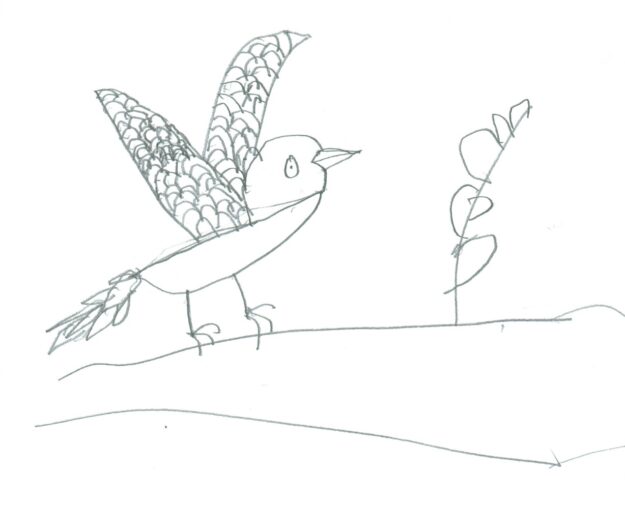
Overall Resources for Practicing Drawing Skills
(Here’s where we touch on some of our favorite overall resources to provide additional ideas so that you can customize the above lessons.)
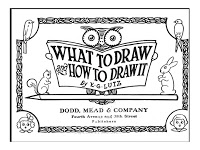 If you’d like to practice drawing but have no background in art, the Art Projects for Kids website has step-by-step drawing lessons, and the Art for Kids website has tons of video drawing tutorials. You can also download the free e-book What to Draw and How to Draw It by E. G. Lutz, which provides step-by-step instructions on drawing a number of pictures, including lighthouses, birds (turkeys, chickens, roosters, cranes), and farm animals.
If you’d like to practice drawing but have no background in art, the Art Projects for Kids website has step-by-step drawing lessons, and the Art for Kids website has tons of video drawing tutorials. You can also download the free e-book What to Draw and How to Draw It by E. G. Lutz, which provides step-by-step instructions on drawing a number of pictures, including lighthouses, birds (turkeys, chickens, roosters, cranes), and farm animals.
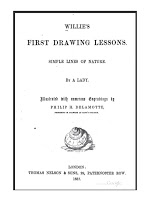 For a storybook about drawing, download Willie’s First Drawing Lessons by A. Lady, which introduces elements of drawing using nature to describe the straight lines, curved lines, and angles that we see all around us. It’s sort of a “living book” for drawing.
For a storybook about drawing, download Willie’s First Drawing Lessons by A. Lady, which introduces elements of drawing using nature to describe the straight lines, curved lines, and angles that we see all around us. It’s sort of a “living book” for drawing.
Download a copy of Perspective Made Easy by Ernest Norling. This book contains so much useful information and makes perspective even doable for me! No more stick figures! (Or at least the stick figures will be smaller as we approach the vanishing point….) Youtube is also loaded with tutorials on one-point perspective such as this rural railroad scene or this cityscape.
For some great ideas on painting and craft projects, you can visit that artist woman. She provides a great lesson on perspective here. It is a great encouragement to see her work, which she posts step-by-step for those of us who are not so art-inclined.
As mentioned previously, a great place for art ideas is Art Projects for Kids. As an eight-year-old, Stephen completed this 1-point perspective activity at home as I was trying to figure out what would be appropriate for his co-op class.
You can find many other art projects, such as this Step-by-Step Draw a Landscape in perspective or Perspective Drawing for Beginners (Boardwalk). You can also check out these instructions from Dawn’s Brain.
We also use the Draw Write Now books (visit this page for samples and click here to download free notebooking pages to be used with Draw Write Now). For our older children (Grades 4+) we prefer Draw and Write Through History (visit this page for a sample.) because Draw and Write Through History includes more advanced drawings and copywork. If you’ve seen Stephen’s Titanic drawing from several years ago, that was done using instructions in the Draw and Write Through History book. And… last but not least, we really enjoy the tie-in to geography with the Draw the World series.
Another Great Video Art Tutorial Option
If you’d like to develop an entire portfolio of history-related art projects using a medium that’s simple to learn, check out Chalk Pastels!
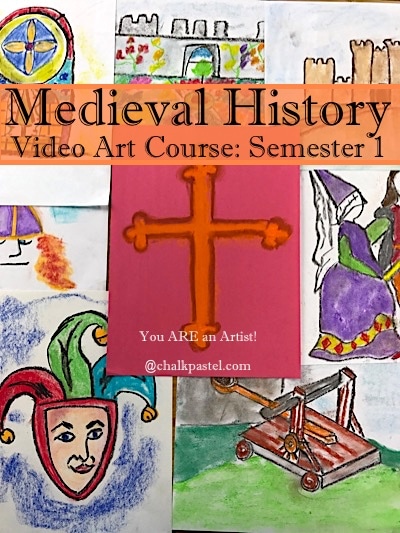
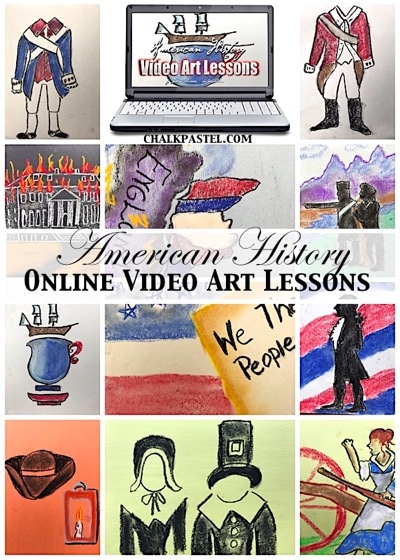
Additional Ideas
- Abstract Art Ideas
- How to draw a castle
- How to Draw an Owl Step-by-Step Instructions
- How to Draw Drawing Tutorials for Kids
- Tons of drawing instruction from Draw Write Now books, What to Draw and How to Draw It, and Draw and Write Through History.
Additional picture books
- The Dot by Peter Reynolds
- Not-a-Stick by Antoinette Portis
- Beautiful Oops! by Barney Saltzberg
- Lines that Wiggle by Candace Whitman
Drawing Resource List
General Drawing
Free Drawing Lessons
Art for Kids Drawing Tutorials
Fine Arts Ideas on Pinterest
Warm-Up Works
Lesson plans that correlate to Drawing with Children by Mona Brookes
What to Draw and How to Draw It by E. G. Lutz
How-to-Draw Videos
Free Art Lessons by Virtual Art Instructor
Draw Write Now books $
More Free Lessons from Draw Write Now
Draw and Write Through History $
Draw and Write Through History free Sample
Making Art Fun
Elements of Shape
Basic Elements of Shape Worksheet
Warm-Ups and Repetition and Reversal
Donna Young’s 5-10 minute activities for Drawing with Children by Mona Brookes (33 drawing practice lessons))
Turtle Doodle 5 Basic Elements of Shape
Willie’s First Drawing Lessons by A. Lady
Mirror Image Practice
Donna Young’s 5-10 minute activities for Drawing with Children by Mona Brookes (19 mirror image lessons)
Symmetrical Bugs Tutorial
Butterfly Symmetry
Symmetry Practice Worksheet #1
Symmetry Practice Worksheet #2
Symmetry Practice Packet with Grids
Using math pattern blocks to practice symmetry
Symmetry Drawings with Grids
Symmetry Practice
Upside-Down Drawing
Benefits of Upside-Down Drawing
Video example
Line-art for: Animals | Castles | U.S. History
Abstract Art
Picasso Rooster tutorial
Whimsical Creation with Joan Miro
Abstract Art Ideas
Perspective Practice
Perspective Made Easy by Ernest Norling
Drawing a landscaped road
Perspective Drawing for Beginners on Making Art Fun
Perspective – Bigger and Smaller
One-Point Perspective Drawing: The Ultimate Guide
that artist woman’s lesson on perspective
One-Point Perspective Drawing for Kids
One-Point Perspective Hand-out
3D Drawing Group Game (for Masters)
Final Projects Ideas
What to Draw and How to Draw It by E. G. Lutz provides step-by-step instructions for drawing
More Free Lessons from Draw Write Now
Draw and Write Through History free Sample
If you find broken links we’ve love to fix them for you! Let us know by commenting below or sending us an email!

